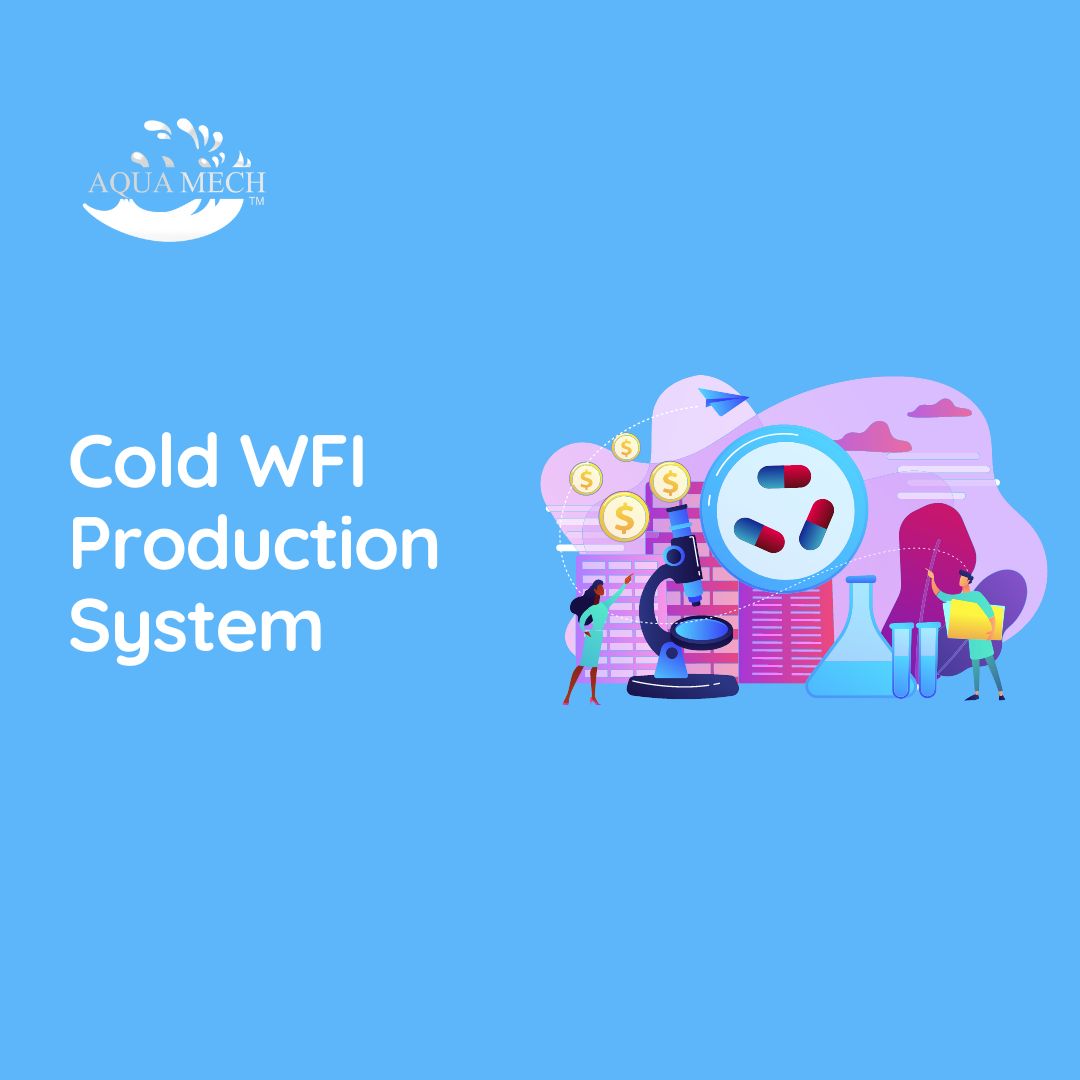Physical Address
304 North Cardinal St.
Dorchester Center, MA 02124
Physical Address
304 North Cardinal St.
Dorchester Center, MA 02124

Water for Injection (WFI) is a water quality standard established by pharmacopeial organizations around the world. In the pharmaceutical business, water for injection (WFI) is used to synthesize parenteral medications as well as for cleaning and other production activities.
The quality criteria for WFI are particularly stringent because they might be integrated into final medication compositions.
In thermal distillation, a column is used to heat water and separate water from impurities is called distillation. To achieve this, the distillation process requires high heat, as well as considerable energy.
It involves three main steps:
1) direct contact of the steam with the contaminated liquid,
2) evaporation of water, and
3) condensation.
In April 2017, the European Pharmacopoeia significantly changed. After almost 100 years, the regulation for the production of water for injection (WFI) was changed, and its requirement for “distillation” was deleted.
The evaporation and condensation purification method has been an accepted process for the synthesis of WFI since the early 1990s. Advances in membrane technology (reverse osmosis, electro-deionization, ultrafiltration), in particular, had demonstrated, for example in the electronics industry, that ultrapure water of the greatest microbiological quality may be produced without the phase change of distillation.
In 2002 the European Union’s (EU) regulatory agency for medical devices stated that membranes were not an option for producing WFI. The agency stated this was because of potential risks associated with the membrane production method, mainly the biological fouling of the membrane.
In 2008, the agency published a reflection paper on WFI prepared by reverse osmosis (RO).
The reflection paper stated that the major problem for the production of WFI with RO is the microbiological aspect, and the “net effect is that the RO membrane will become, in practice, a bacterial fermenter”.
The main operating concern with active carbon in typical pretreatment systems is microbial buildup and microorganism proliferation in softeners.
Pretreatment microbes will be fed directly to the reverse osmosis membranes, causing surface contamination and fouling and affecting the product water.
Because the thermal process of boiling, evaporation, and condensation completely addressed these concerns, thermal distillation was thought to be the only method to reliably produce WFI.
The Ph. Eur. Water Working Party granted a mandate in November 2011 to review the production part of the Water for Injections monograph (0169) in order to consider the incorporation of currently available technologies and determine whether additional online monitoring is required.
In March 2016, the final decision to allow WFI production using non-distillation technology was announced in a news release.
According to the news release “Any non-distillation technology for manufacturing WFI should be similar in quality to that generated by distillation, where equivalence in quality does not simply mean compliance with a specification but also considers the robustness of the production technique“.

A few years ago, the water industry started to change its thinking about what levels of microbes and endotoxin were acceptable in the water. The change in thinking came after a large US survey of pharmaceutical water system users. The results were published in 2011.
A survey has conducted the questions were sent to users of water systems that make WFI quality water. The vast survey, which included over 50 systems, marked a pivotal point in the field. The survey asked (among other things): what are the typical microbial levels and typical endotoxin levels.
In answers to the typical microbial count question, over 90% of the responses claimed that they were achieving WFI levels of below 10 CFU/100ml.
Conductivity, total organic carbon (TOC), bacteria, and bacterial endotoxin are among the key quality criteria, as shown in the table below.

The main reason for the switch is the Installation Costs and Operational Costs. When compared to distillation, membrane-based WFI systems can provide capital cost savings of up to 70% and operating cost savings of up to 90%. Also, the membrane-based system has a lower installation cost. The majority of WFI stills are fed with water that meets Purified Water (PW) standards.
The ME-based system requires RO pretreatment as feedwater; otherwise, the hardness scale will quickly clog the distillation unit. On the other hand, this RO pretreatment may be done in a single pass and is rather easy to build. There is no need for industrial steam utilities.
Another advantage is that the operating costs are low and beneficial to the environment. Membrane-based systems have much lower overall life cycle costs due to lower energy expenditure for feed water evaporation and condensation.
The EP has amended its criteria for WFI production to incorporate membrane-based systems after many years of consideration.
The difficulty of controlling germs in media-based systems, softeners, and carbon filters was the main reason for the delay in certifying membrane-based systems.
Aquamech, since 1999, is a customer-centric organization offering complete end-to-end solutions for the production of Pharmaceutical Water Systems. Our expertise in achieving stringent standards and maintaining desired plant productivity has earned us an enviable reputation among our valued customers.
Further, owing to constant interaction with various global players we are experienced enough to undertake Cold WFI projects.
Contact us for your next Pharmaceutical Water requirement at hipurity@aquamech.co.in or connect with our design head Navdeep Singh Sethi on LinkedIn. I would be more than happy to consult you for the same and design customized solutions for your specific applications.